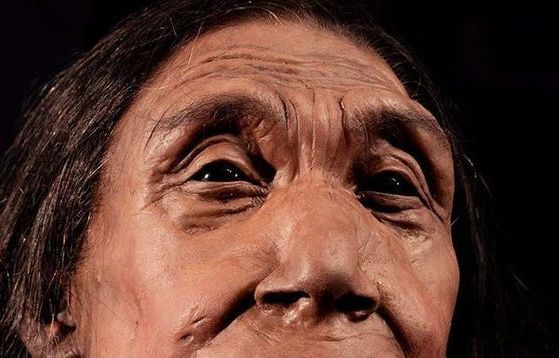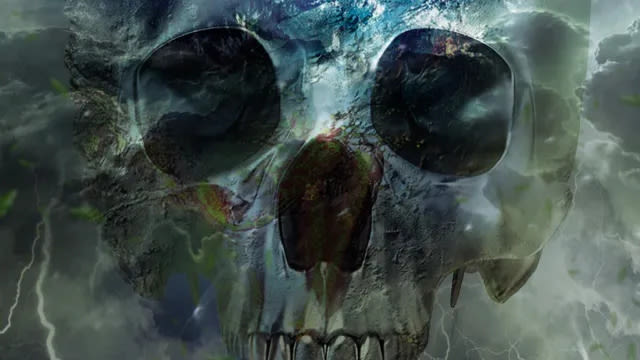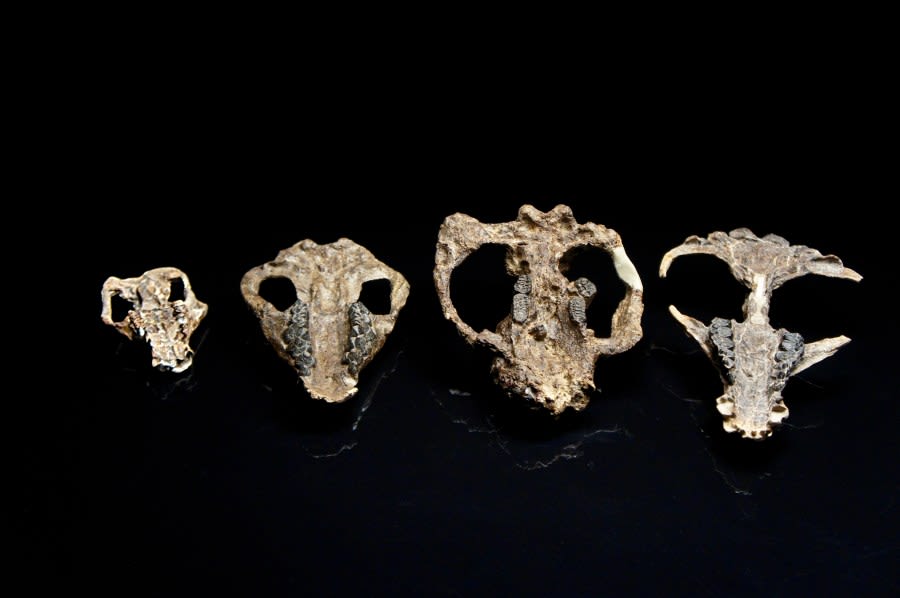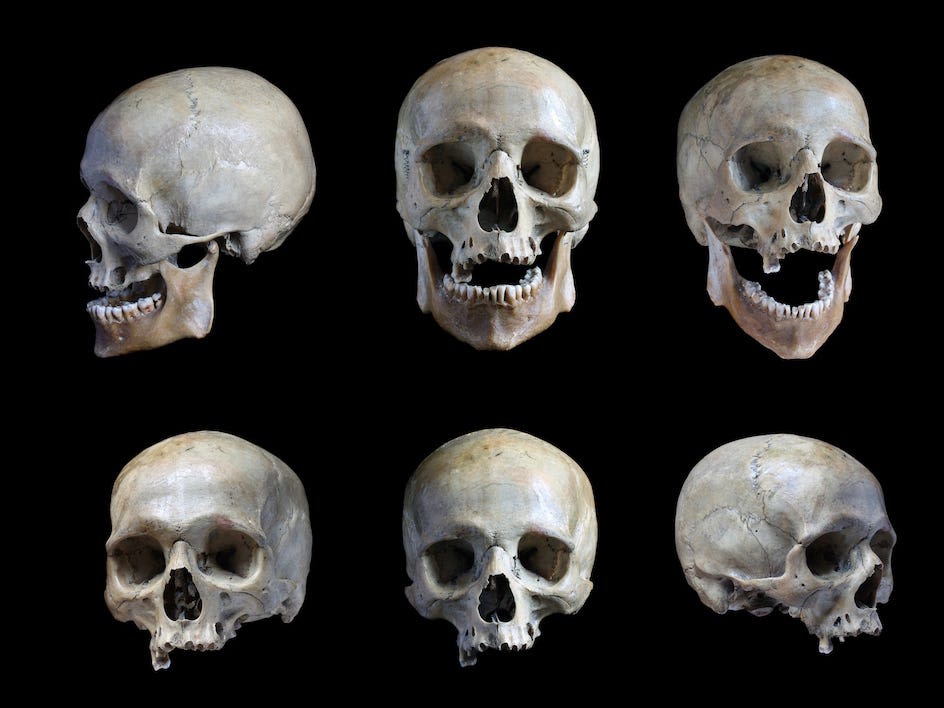Search results
News about Neanderthal, skull, face reconstruction
News about Easton, human skull, human bones
News about Crystal Skulls, fox, snow diving
Also in the news
Apr 16, 2024 · Skull, skeletal framework of the head of vertebrates, composed of bones or cartilage, which form a unit that protects the brain and some sense organs. The skull includes the upper jaw and the cranium. Learn more about the anatomy and function of the skull in humans and other vertebrates.
- teachmeanatomy.info
- › The Head
- › Bones of the Head
Feb 5, 2023 · The skull is a bony structure that supports the face and forms a protective cavity for the brain. It is comprised of many bones, formed by intramembranous ossification, which are joined together by sutures (fibrous joints). These joints fuse together in adulthood, thus permitting brain growth during adolescence.
The human skull (Latin: cranium) is the skeleton of the head composed of 22 bones. Bones of the skull are joined together primarily by sutures. The primary function of the skull is to provide protection for the brain and sensory organs connected with it. The skull by Anatomy.app.
Oct 30, 2023 · Skull. Cranium. 1/2. Synonyms: none. The skull contains all the bones of the head and is a shell for the brain and the origins of the central nervous system. A first glance shows that this is one large mass of detailed and irregular bone.
Jan 15, 2015 · Last medically reviewed on January 15, 2015. Medically reviewed by the Healthline Medical Network — By The Healthline Editorial Team — Updated on January 20, 2018. There are eight major bones...
Jan 17, 2023 · The human skull is the part of the skeleton that supports the structures of the face and forms a cavity for the brain. Learning Objectives. Describe the parts of the skull. Key Points. The adult human skull consists of two regions of different embryological origins: the neurocranium and the viscerocranium.
Oct 30, 2023 · The human skull consists of about 22 to 30 single bones which are mostly connected together by ossified joints, so called sutures. The skull is divided into the braincase ( cerebral cranium) and the face ( visceral cranium ). The main task of the skull is the protection of the most important organ in the human body: the brain.





